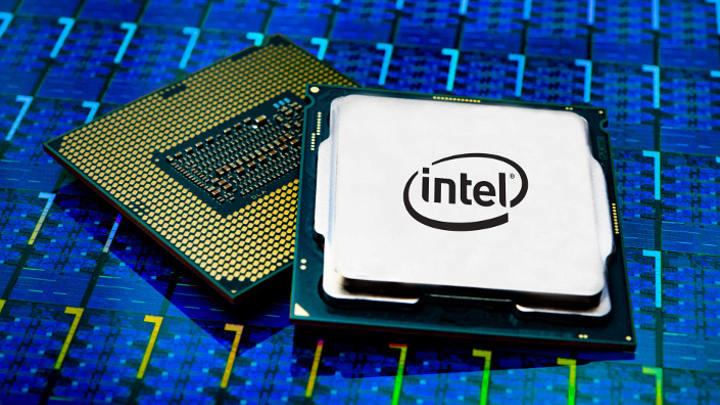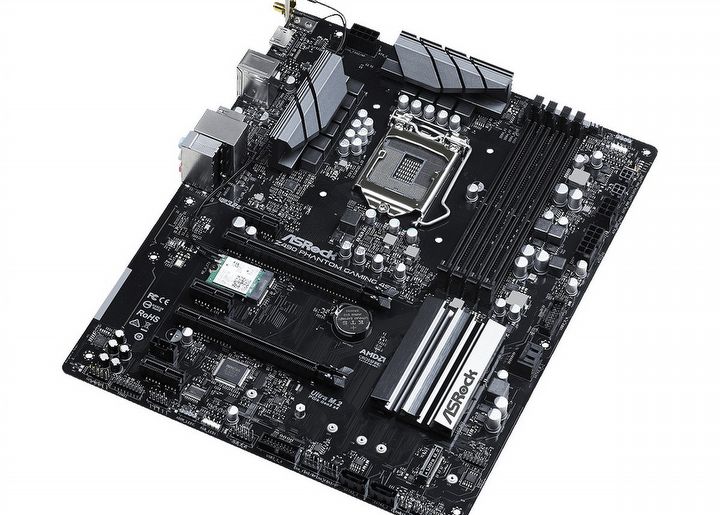Comet Lake-S CPUs Are Obsolete; LGA 1700 Socket is Coming
The upcoming Intel Comet Lake-S and Rocket Lake-S CPU will become completely obsolete after only a dozen or so months on the market. In 2021 the company intends to introduce a new, incompatible with its predecessors, socket LGA 1700, which will appear together with the 12th generation Alder Lake-S chips.
1
 Not so long ago, we reported on the specs of individual models of Intel's 10th generation Comet Lake-S series CPUs, which should soon be released. It turns out that these highly-anticipated chips, based on the new and extremely expensive Z490 chipset and LGA 1200 socket, will become obsolete after just one and a half year on the market. According to repeated rumors from Intel's partners, in 2021, the 12th generation of Alder Lake-S processors, using a brand new and incompatible LGA 1700 socket, will come to the stores.
Not so long ago, we reported on the specs of individual models of Intel's 10th generation Comet Lake-S series CPUs, which should soon be released. It turns out that these highly-anticipated chips, based on the new and extremely expensive Z490 chipset and LGA 1200 socket, will become obsolete after just one and a half year on the market. According to repeated rumors from Intel's partners, in 2021, the 12th generation of Alder Lake-S processors, using a brand new and incompatible LGA 1700 socket, will come to the stores.
This means that Intel intends to support Z490 motherboards for only about 18 months. During this time, new Comet Lake-S and Rocket Lake-S processors will dominate the market. The good news is that with the launch of Adler Lake, the company wants to slow down the pace of technological change a bit. According to the leaks, Intel will take the example of AMD in this respect. The LGA 1700 socket will support at least three generations of CPUs.
LGA 1700 socket will be larger than LGA 1200 and LGA 1151 and will measure 45 mm by 37.5 mm on the motherboard. This change will most likely entail a lack of support for existing cooling systems. Gamers with expensive fans, for example, will have to replace these components as well, which will cost them extra.

New motherboards based on Z490 chipset and LGA 1200 socket, such as the ASRock Z490 Phantom Gaming 4SR visible here, may become obsolete after only one and a half year after launch.
The new dimensions of the socket will directly affect the physical size of the processor, giving the manufacturer additional scope for changes to its architecture. Industry specialists expect its to use technology used in mobile chips, modeled on ARM's big.LITTLE CPU. It is based on two different types of computing units in the processor. Half of the available chip cores work to ensure maximum performance, while the other half focuses on working with the lowest possible power consumption, which may prove useful given the reported huge demand for power from the Comet Lake-S CPU family.
It is also worth mentioning that processors and motherboards using LGA 1700 are expected to offer support for PCIe 5.0 sometime after the release. However, Intel does not plan to support DDR5 memories, which are still at the prototype stage, and it is estimated that they will reach a wider group of consumers in two years.
- Half-Life 3 announcement may have been delayed for one very mundane reason. Insider has no doubt when Valve is going to reveal all the cards
- Is Roblox shutting down on January 1? The rumor is back again, but let’s take a look at whether there’s any truth to it this time
- Bethesda envied CD Projekt RED? Starfield may undergo a Cyberpunk 2077-style metamorphosis
1
Latest News
- 12 million players are celebrating, but not everyone will get a gift. ARC Raiders devs give away pickaxes and bans
- Cyberpunk 2077 creator explains why male V suddenly disappeared from ads
- Court sides with GTA 6 devs. Former Rockstar Games employees suffer a painful blow in their fight for money
- 2 Xbox Game Pass games. Star Wars: Outlaws comes with a newly released zombie apocalypse simulator
- „Bloodborne is a special game for me.” Dark Souls father's honest declaration is painful and hopeless, but true
